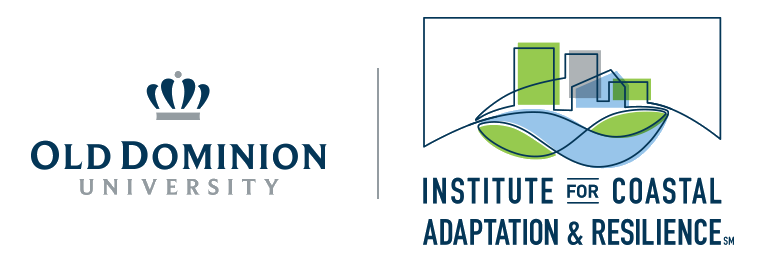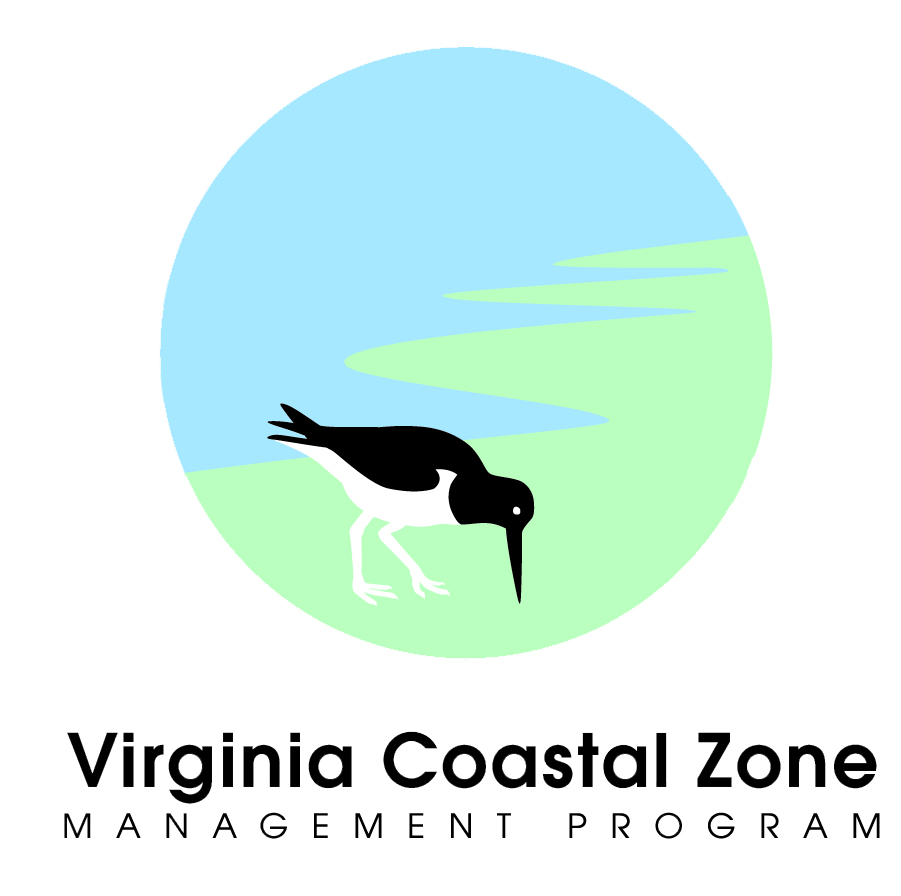Maps for Northern Neck Localities:
- Colonial Beach Sea Level Rise Parcel Map (1.5, 3, 4.5ft)
- Colonial Beach Sea Level Rise Satellite Map (1.5, 3, 4.5ft)
- Colonial Beach Storm Surge Inundation Map
- Colonial Beach Storm Surge Inundation Map with 1.5ft SLR
- Irvington Sea Level Rise Parcel Map (1.5, 3, 4.5ft)
- Irvington Sea Level Rise Satellite Map (1.5, 3, 4.5ft)
- Irvington Storm Surge Inundation Map
- Irvington Storm Surge Inundation Map with 1.5ft SLR
- Kilmarnock Sea Level Rise Parcel Map (1.5, 3, 4.5ft)
- Kilmarnock Sea Level Rise Satellite Map (1.5, 3, 4.5ft)
- Kilmarnock Storm Surge Inundation Map
- Kilmarnock Storm Surge Inundation Map with 1.5ft SLR
- Lancaster County Sea Level Rise Parcel Map (1.5, 3, 4.5ft)
- Lancaster County Sea Level Rise Satellite Map (1.5, 3, 4.5ft)
- Lancaster County Storm Surge Inundation Map
- Lancaster County Storm Surge Inundation Map with 1.5ft SLR
- Northumberland County Sea Level Rise Map (1.5, 3, 4.5ft)
- Northumberland County Sea Level Rise Satellite Map (1.5, 3, 4.5ft)
- Northumberland County Storm Surge Inundation Map
- Northumberland County Storm Surge Inundation Map with 1.5ft SLR
- Richmond County Sea Level Rise Parcel Map (1.5, 3, 4.5ft)
- Richmond County Sea Level Rise Satellite Map (1.5, 3, 4.5ft)
- Richmond County Storm Surge Inundation Map
- Richmond County Storm Surge Inundation Map with 1.5ft SLR
- Warsaw Sea Level Rise Parcel Map (1.5, 3, 4.5ft)
- Warsaw Sea Level Rise Satellite Map (1.5, 3, 4.5ft)
- Warsaw Storm Surge Inundation Map
- Warsaw Storm Surge Inundation Map with 1.5ft SLR
- Westmoreland County Sea Level Rise Parcel Map (1.5, 3, 4.5ft)
- Westmoreland County Sea Level Rise Satellite Map (1.5, 3, 4.5ft)
- Westmoreland County Storm Surge Inundation Map
- Westmoreland County Storm Surge Inundation Map with 1.5ft SLR
- White Stone Sea Level Rise Parcel Map (1.5, 3, 4.5ft)
- White Stone Sea Level Rise Satellite Map (1.5, 3, 4.5ft)
- White Stone Storm Surge Inundation Map
- White Stone Storm Surge Inundation Map with 1.5ft SLR
Maps for Accomack County and Towns:
- Accomack County Critical Infrastructure Maps- 2040 and 2065 Conditions
- Accomack County Opportunities for Mitigating Flooding Map
- Accomack County Potential Inundation Map
- Chincoteague Critical Infrastructure Maps- 2030, 2040, and 2065 Conditions
- Chincoteague Opportunities for Mitigating Flooding Map
- Chincoteague Potential Inundation Map
- Chincoteague Sea Level Rise 1-3 ft Parcel Map
- Chincoteague Sea Level Rise 1-3 ft Satellite Map
- Onancock Critical Infrastructure Maps- 2040 and 2065 Conditions
- Onancock Opportunities for Mitigating Flooding Map
- Onancock Potential Inundation Map
- Onancock Sea Level Rise 1,3 and 5 ft Parcel Map
- Onancock Sea Level Rise 1, 3 and 5 ft Satellite Map
- Saxis Critical Infrastructure Maps- 2040 and 2065 Conditions
- Saxis Opportunities for Mitigating Flooding Map
- Saxis Potential Inundation Map
- Tangier Opportunities for Mitigating Flooding Map
- Tangier Potential Inundation Map
- Wachapreague Critical Infrastructure Maps- 2040 and 2065 Conditions
- Wachapreague Opportunities for Mitigating Flooding Map
- Wachapreague Potential Inundation Map
Maps for Northampton County and Towns:
- Battle Point Critical Infrastructure Maps- 2030 and 2040 Conditions
- Cape Charles Critical Infrastructure Maps- 2030, 2040, and 2065 Conditions
- Cape Charles Opportunities for Mitigating Flooding Map
- Northampton County Basic Risk Maps- 2040 and 2065 Conditions
- Northampton County Key Asset Maps- 2040 and 2065 Conditions
- Northampton County Critical Infrastructure Maps- 2040 and 2065 Conditions
- Northampton County Complex Risk Maps- 2040 and 2065 Conditions
- Northampton County Opportunities for Mitigating Flooding Map
- Northampton County Potential Inundation Map
- Oyster Critical Infrastructure Maps- 2030 and 2040 Conditions
- Red Bank Critical Infrastructure Maps- 2030 and 2040 Conditions
- Smith Beach Critical Infrastructure Maps- 2030 and 2040 Conditions
- Willis Wharf Critical Infrastructure Maps- 2030 and 2040 Conditions
Technical Information:
Critical Infrastructure, Key Asset, and Risk Maps
In 2019, these maps were created by the Institute for Engagement & Negotiation (IEN) to assist Virginia’s Eastern Shore in planning for resilience. When developing the prototype, IEN worked closely with Northampton County to determine what they would want included in a “critical infrastructure” map analysis. Once the method and content were solidified, the method was replicated for other Eastern Shore localities.
The maps incorporated data from The Nature Conservancy (TNC)’s Coastal Resilience Mapping Tool, the Accomack-Northampton Planning District Commission, the Virginia Institute of Marine Sciences (VIMS), the US Census Bureau's American Community Survey, the Virginia Geographic Information Network, as well as additional data layers developed by the Institute for Engagement & Negotiation’s student interns. TNC provided Virginia Flood Sea Level Rise data, including both projected highest high tide and storm surge layers for 2040 and 2065 conditions. They also provided data on protected lands and public water access. VIMS provided data on shellfish aquaculture including oyster gardens and private leases. Population data for 2015 was sourced from the US Census Bureau's American Community Survey 5-year estimates. The evacuation routes and road systems used on all maps was downloaded from the government's Virginia Geographic Information Network. The road flooding data on the Critical Infrastructure Maps came from the Accomack-Northampton Planning District Commission and includes information provided to them by the Virginia Department of Transportation. Finally, the locations of critical infrastructure and key assets were all researched and geocoded by IEN student interns with input from county staff and residents.
Sea Level Rise Maps
In 2019, these maps were produced for the towns of Chincoteague and Onancock by Old Dominion University/Virginia Sea Grant to assist them in planning for chronic flooding associated with sea level rise. These maps illustrate sea level rise increments of 1, 2, and 3 ft on: 1) a map showing the satellite imagery overlaid on the elevation data with critical infrastructure (fire station, police station, senior living facilities, schools, post office) and roadways; and 2) a base map underlying a land parcels layer and the same critical infrastructures as method 1.
Opportunities for Mitigating Flooding Maps
In 2018, these maps were created for The RAFT by the Green Infrastructure Center to help localities decide on appropriate strategies to mitigate flooding. Some areas may be best suited for stormwater retention strategies, while other areas may be best suited for green infrastructure intervention (absorbent tree-planting, rain barrels, green roofs, and so on). The mitigation maps were developed through a complex series of analyses under the guidance of Executive Director and UVA Urban and Environmental Planning lecturer Karen Firehock. First, the analysis identified all pervious areas, then eliminated from this the areas already planted in either trees or agricultural uses, or unsuitable for new plantings. The analysis also identified areas where impervious surface dominates and opportunities to plant new vegetation are negligible or zero. These areas are best suited to mitigate flooding through the use of water storage, such as rain barrels and cisterns to store rainwater. These analysis used data from Landcover and Sea Level Rise Prediction from NOAA, soil maps to determine permeability, the Federal Emergency Management Agency (FEMA)’s Flood Insurance Rate Maps (FIRM), digital elevation models, hydrologic models, and biodiversity cores and corridors. Ultimately, GIC produced maps for each of the target localities that defined existing conditions with regards to tree cover and permeability, and proposed points where intervention would be most effective.
Potential Inundation Maps
In 2018, students were guided in developing these highly accurate elevation maps using LiDAR datasets by Jon Goodall, Associate Professor in the Department of Civil and Environmental Engineering and the Department of Computer Science at the University of Virginia. Students performed potential inundation analyses to identify locality areas that are vulnerable to inundation levels of two feet, four feet, and higher. This analysis reveals which areas, building footprints, and critical infrastructures are in potential floodplains in the event of a massive storm that causes four feet of inundation, or in the event of gradual sea level rise that brings median higher high tides to two feet above where they are currently situated. These maps use existing data to provide a different way of understanding vulnerability that is complementary to other types of vulnerability maps. This map analysis presents vulnerability in a way that is independent of whether the flooding is from storms or sea level rise. It says simply, if water rises X feet whether because of sea level rise or storm surge, or a combination of both, these are the elements in your community that will be at risk. These maps are intended as another valuable tool to assist locality decision-making in the years ahead.

.png)



